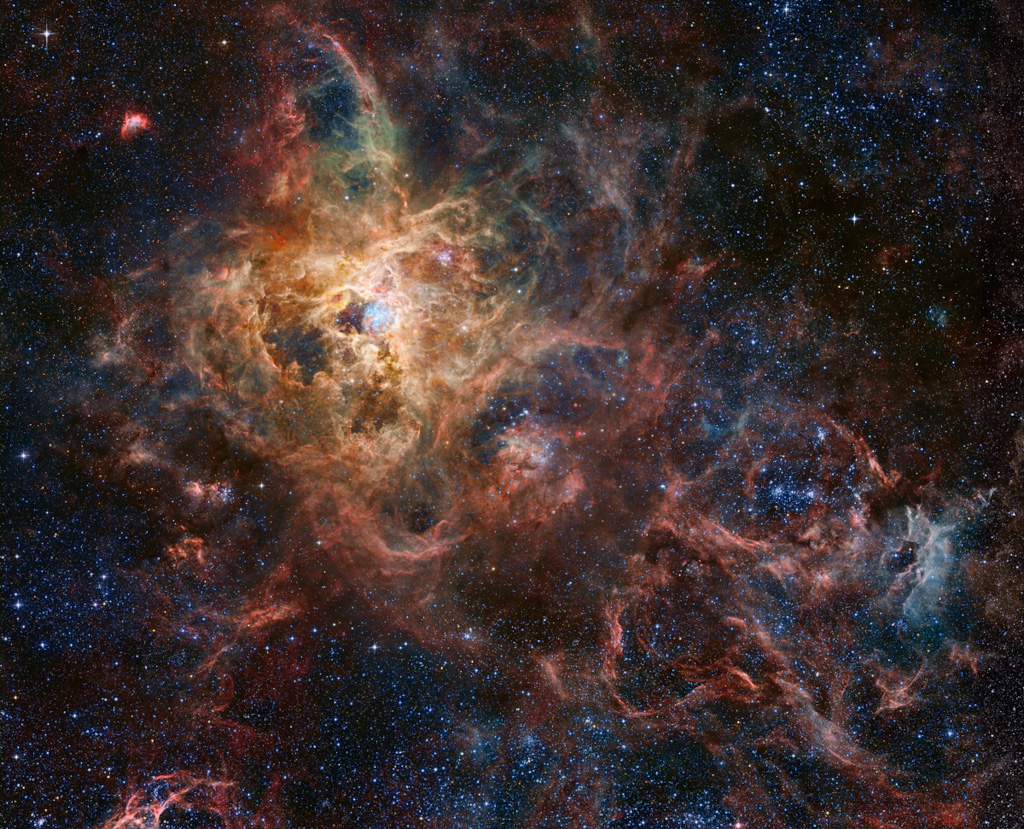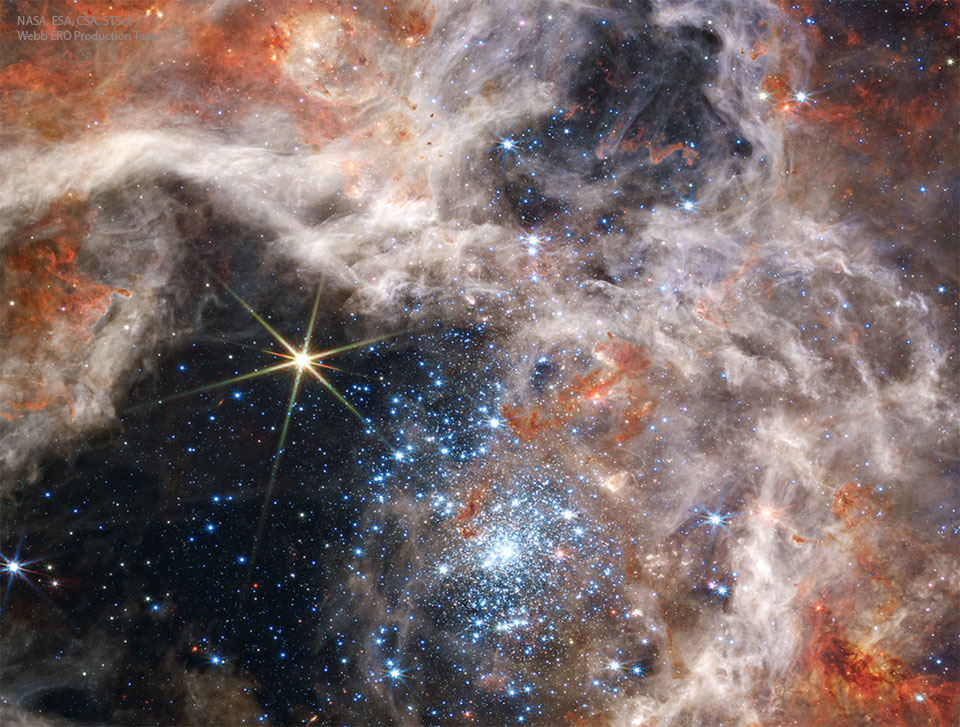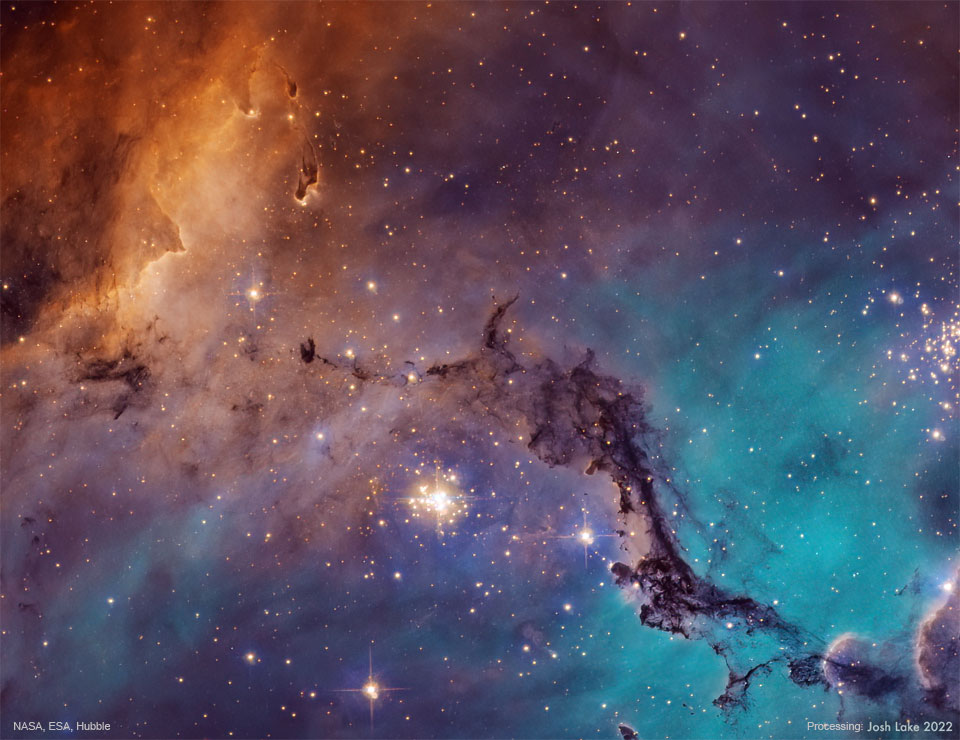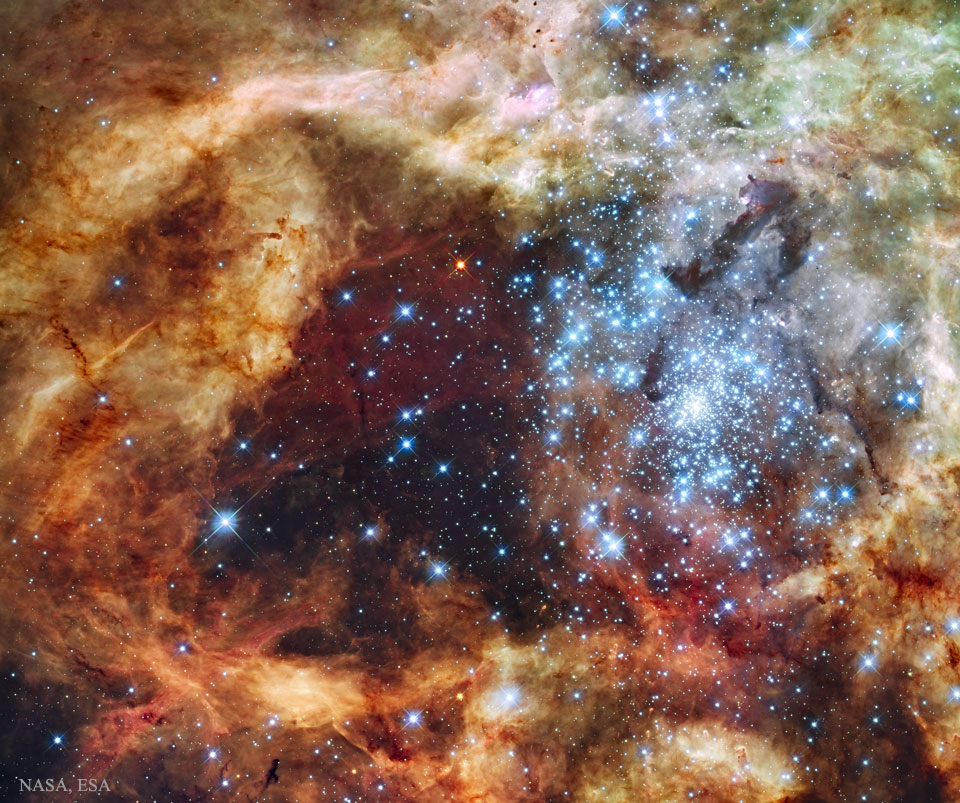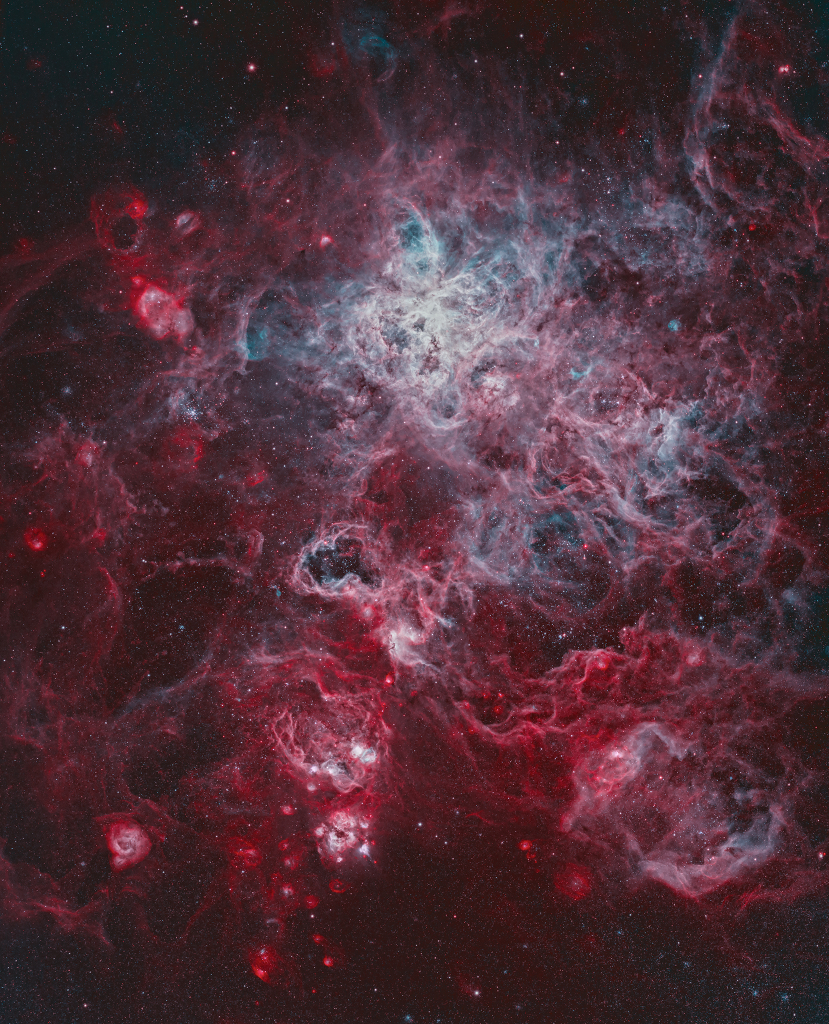智利上空的大与小麦哲伦星系
2023年2月11日 Magellanic Clouds over Chile Image Credit & Copyright: Felipe Mac Auliffe López Explanation: The two prominent clouds in this Chilean Atacama Desert skyscape captured on January 21 actually lie beyond our Milky Way galaxy. Known as the Large and the Small Magellanic Clouds they are s […]


